Ahem. I think fall is about to arrive. FINALLY--after summer that came in April and May, vanished for a blissful month and a half in June and July, then returned and hung on relentlessly through August, September, and October until now--finally it has clouded up and the forecast has been sitting steady on a prediction of rain. O I am glad, because I'm unspeakably sick of sun, heat, and drought.
Anyway, in slight anticipation of water falling from the sky we've been doing a bit of planting, and about time. I have an area alongside the Rose Road that was a pile of rocks when we came here a decade ago. My husband covered the rocks with a load of dirt, I covered the dirt with mulch, and we started to plant things. These very dry, free-draining sites, in sun, call for particular plants. We have three or four young olives there; they froze almost to nothing in our last two severe winters, but did survive, and I'm hoping that they'll make it through the winter and next year will begin to grow sturdily. Seed-grown lavender (L. angustifolia, more or less), lavender cotton, one hybrid lavender ("lavandin"), two phlomis, rosemary, and a flourishing herbaceous euphorbia were there already. The buddleia looks miserable now, though still alive, ditto for 'Old Blush', 'General Schablikine', and a smokebush. I added common thyme, more lavender, another euphorbia, a cistus, and two brooms. These last are this year's experiment. I got baby plants of Cystius scoparius, Genista radiata, G. pelosa, G. tinctoria, Retama monosperma; and have ordered the fearsome Spartium junceum. The latter is--I think--our native broom, found growing in the most inhospitable sites. I have places where nothing will grow; well, I want plants to grow there, and think S. junceum has a chance.
These sites of thin soil over rocks, in sun, have been a problem. Roses hate them: they like more dirt under their feet, and a bit of shade. Even lavender, the angustifolia types and the hybrids, like some clay, as long as they're on a slope. Ceanothus looks promising; then the brooms, and the cistus; Teucrium fruticans, which I found looking very handsome down in Tuscany a couple of years ago, has done well in light soil; and then there are woolly lavender (L. lanata) and Spanish lavender (L. stoechas), both of which are supposed to be slightly tender here, but which do well in hot dry rocky places: the woolly lavender is very handsome, with its silver foliage and electric purple flowers, and has survived two cold and wet winters.
Yesterday I was working on the Boundary Bed, first started in 2006. Last fall I looked at this bed and thought it would never again see its spring glory; and then this spring it was beautiful. So now I know its current wretched state isn't permanent. Still, when we created this bed we made the mistake of making it too narrow. It's open on both sides, no structure or woodland to protect it from wind and sun, and it needs to be wider than its double line of roses. So I'm planting rosemary and lavenders outside the roses, hoping to offer them some protection, and will be thickening the planting inside with a few shrubs, but more herbaceous plants like valerian, artemisia, iris, agastache, to join the hyssop, lamb's ears, clary sage, and similar tough plants already present.
My herbaceous peonies I planted last fall died, killed by the extremely wet winter followed by the extremely dry summer. Herbaceous peonies like some shade here. Tree peonies seem to do better in these very dry sun-beaten areas. To my surprise the large-flowered clematis are all alive; not growing, but alive. I think they must so love all that clay to get their roots down into, that they forgive drought, sun, compacted soil, and inadequate mulch.
Today eleven tons of hay are arriving, and I'm so happy at the thought that finally we will be able adequately to mulch our garden! This has not been the case the last two years, and the garden shows it.
I've been working on expanding my collection of slightly dull shrubs suitable for hedging and as background for flashier plants. I have a great need for these. First, our garden is a country garden, set in the middle of fields and woods, and most of the plants have a wildish character, with smaller blooms, smaller foliage, milder coloration, than the showiest plants the garden center has to offer. Old roses rather than brilliant Hybrid Teas and Floribundas, for example. Then, most common shrubs available don't grow in our tough conditions. Most people with gardens live in town, that is, in valleys or in the plain, with alluvial soil, flat ground that water doesn't run off of, trees and buildings that shelter from wind, and gardens small enough to be irrigable. They can grow photinia, English and bay laurel, box, nandina, loropetalum, viburnums, and so on. For our garden, I need plain old privet--one of the toughest shrubs around--lilac, mock orange (Philadelphus), hazelnut, Lonicera fragrantissima, and snowberry (Symphoricarpos). These are mostly plants with a single season of interest, dullish foliage, no fall color; and they do for me: I wouldn't want a garden of just these kinds of plants, but they satisfy my need for unobtrusive and unkillable shrubs. And I like that slightly untidy wild hedge look.
The propagating beds are still stuffed with plants we haven't been able to move to the garden, including lots of roses (too many gigantic climbers); so I've been putting fall cuttings in pots. Rosemary, lavender, buddleia, lemon verbena, caryopteris, snowberry, artemisia (A. abrotanum I believe). So far so good, but I need to do more plants; I have an endless need for gray-foliaged, aromatic shrubs and herbaceous plants...never too many.
I haven't said anything about roses because there's been nothing to say. 'Mme. Antoine Mari' close to the front door at the foot of the terrace is in full bloom, in spite of having received just an inch of rain in the last two and a half months. Gotta love those Teas! She does have a bit of mildew. Most of the roses survived this dreadful year, and there are lots of rooted babies to find places for, once the ground doesn't need to be broken up with a pick. All in all, they came through this endless summer better than almost anything else. Some very battered ones, like my put-upon 'Thisbe', are making new growth now. I hope it doesn't freeze for many weeks to come.
So, that's my fall. What are you all doing in your gardens?
Melissa

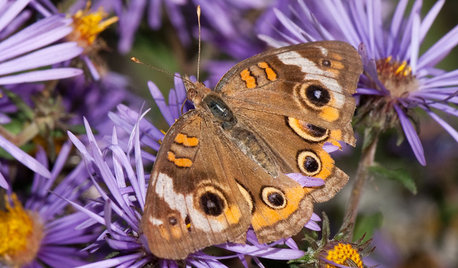
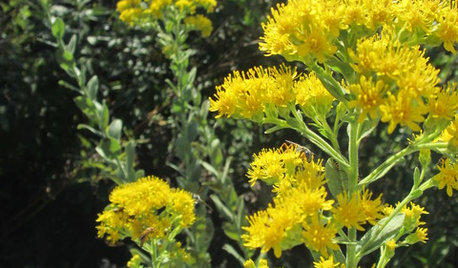
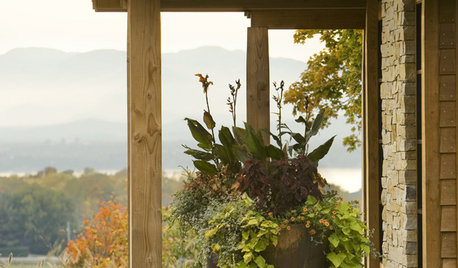
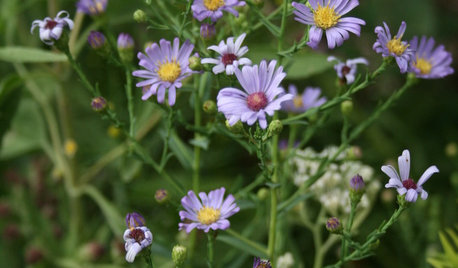

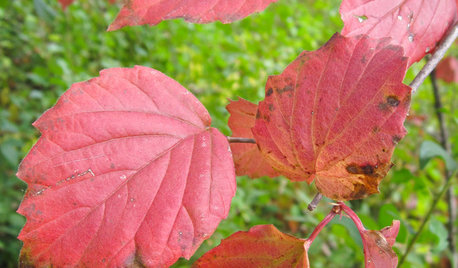
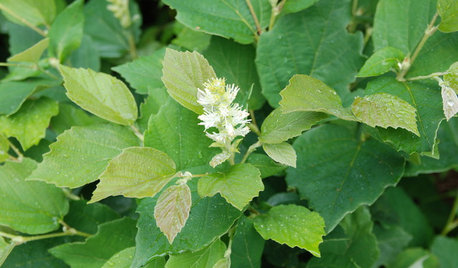
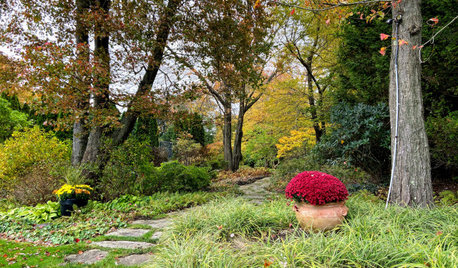
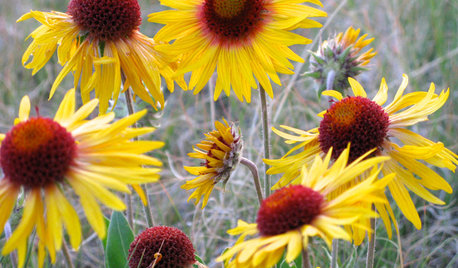







mariannese
strawchicago z5
Related Professionals
Cottonwood Landscape Architects & Landscape Designers · Annandale Landscape Contractors · Concord Landscape Contractors · Danvers Landscape Contractors · Firestone Landscape Contractors · Fort Worth Landscape Contractors · Melrose Park Landscape Contractors · New Braunfels Landscape Contractors · Raleigh Landscape Contractors · Ramsey Landscape Contractors · New Carrollton Landscape Contractors · Lauderdale Lakes Landscape Contractors · West Chester Swimming Pool Builders · West Palm Beach Swimming Pool Builders · Cheektowaga Siding & Exteriorslori_elf z6b MD
harborrose_pnw
jacqueline9CA
harborrose_pnw
hoovb zone 9 sunset 23
roseblush1
melissa_thefarmOriginal Author
seil zone 6b MI
erasmus_gw
ingrid_vc so. CA zone 9
lou_texas
strawchicago z5
seil zone 6b MI
cath41
strawchicago z5
User
peachiekean
melissa_thefarmOriginal Author
jeannie2009
User
rosefolly
jeannie2009